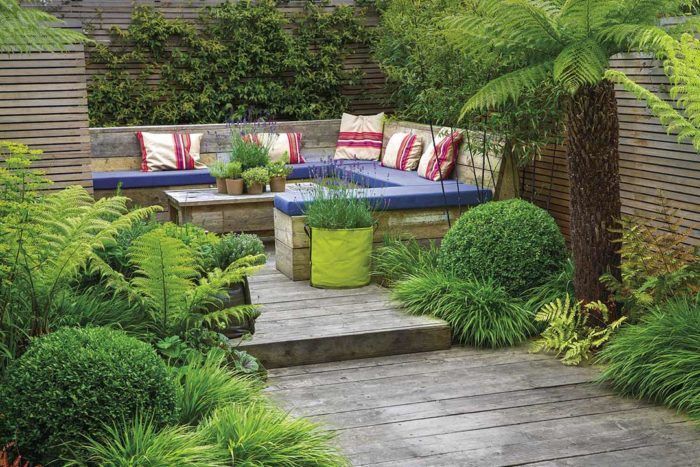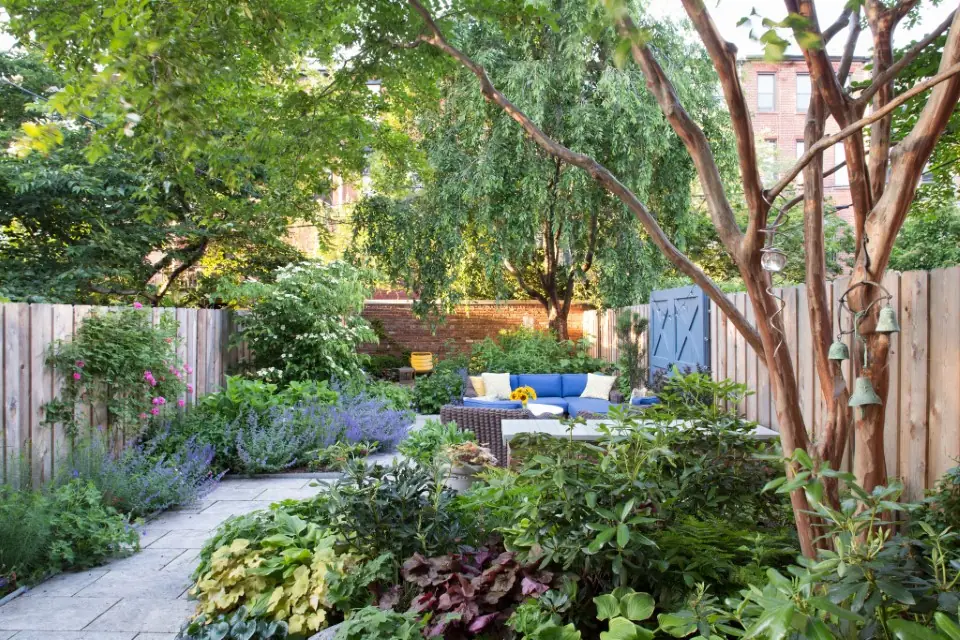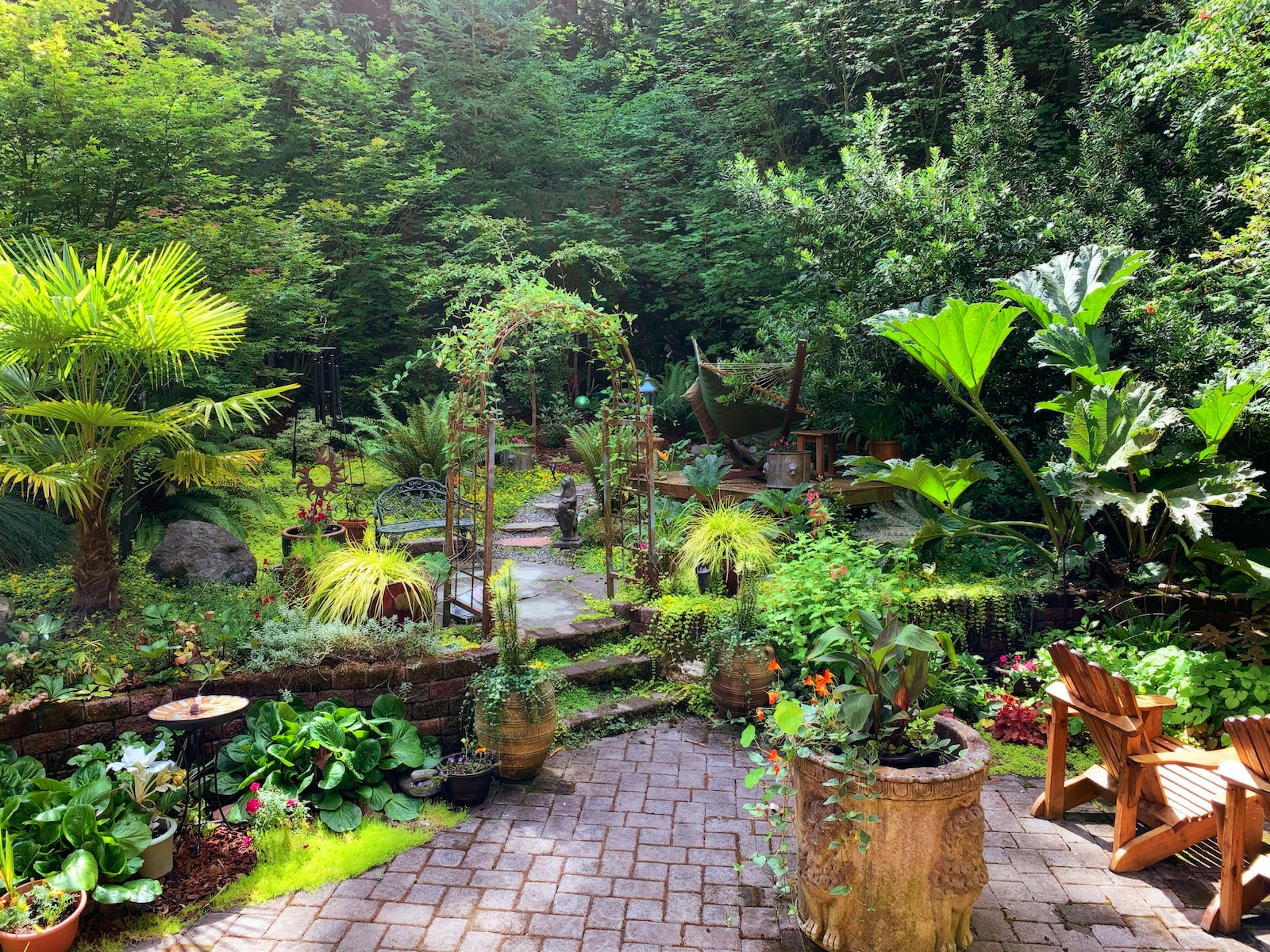Are you longing to transform your outdoor space into a captivating oasis filled with vibrant blooms? If so, this comprehensive guide is for you. We delve into the world of flower garden design and explore strategies to make your dream garden a reality. From planning and implementing designs to maintenance and enhancements – we’ve got it all covered!
Introduction
What is Flower Garden Design?
Flower garden design is an art form that involves combining various types of flowers and plants to create a visually appealing landscape. It’s about more than just planting flowers randomly. The process requires careful planning, selection, and arrangement of different flower species to achieve a harmonious balance of color, texture, and form. Whether it’s a small balcony garden or a vast backyard, a well-designed flower garden can transform any space into a serene and picturesque haven.
Benefits of Flower Gardens
There are numerous benefits associated with flower gardens. They not only enhance the aesthetic appeal of a space but also contribute to our wellbeing. Gardens provide a tranquil place where we can relax and reconnect with nature. The vibrant colors and pleasant aromas of flowers can significantly uplift our mood and reduce stress levels. Moreover, flower gardens support biodiversity by attracting various pollinators such as bees, butterflies, and birds, thus playing a crucial role in maintaining our ecosystem.
Planning Your Flower Garden Design
Assessing Your Space and Climate
The first step in planning your flower garden design is to assess the available space and the climatic conditions. Understanding the size, shape, and orientation of your garden will help you determine what types of flowers can be accommodated. Additionally, the climate and microclimate in your region will influence the selection of plants that can thrive in those conditions. It’s essential to consider factors like sunlight exposure, wind direction, and temperature range.
Choosing the Right Flowers
Considering Sunlight and Soil Conditions
Different flowers have different sunlight and soil requirements. Some flowers require full sun exposure, while others flourish in partial or full shade. The soil condition is also crucial; some flowers prefer well-draining sandy soil, whilst others thrive in heavy clay soil. You should test your soil’s pH level as it affects nutrient availability. Knowing these specifics will guide you in choosing the right flowers for your garden.
Selecting Complementary Colors and Textures
When choosing flowers, aim for a mix of colors and textures to create visual interest. Use color theory principles to combine flowers harmoniously. For instance, complementary colors (those opposite on the color wheel) can create a dynamic contrast. Meanwhile, analogous colors (those next to each other on the color wheel) provide a soothing effect. Combining plants with various textures – from smooth and shiny leaves to feathery flower clusters – can add depth and dimension to your garden.
Creating a Focal Point
A focal point draws attention and provides visual structure to your garden. This could be a striking plant, a sculpture, a water feature, or a sitting area. Position this focal point thoughtfully to guide the viewer’s eye through the garden. It’s a great way to showcase a beautiful plant or feature, and it helps to make your garden look organized and cohesive.
Balancing Annuals and Perennials
It’s crucial to strike a balance between annuals (plants that complete their life cycle in one year) and perennials (plants that live for many years). Annuals can provide quick and vibrant color, but they need to be replanted each year. On the other hand, perennials require less maintenance once established, but they typically have a shorter blooming period. A good mix of both will ensure you have flowers blooming at different times, providing continual interest and color throughout the year.

Creating a Layout for Your Flower Garden
Mapping Out Your Garden Bed
Once you’ve chosen your flowers, it’s time to map out your garden bed. Start by sketching a plan on paper, marking where each plant will go according to its height, spread, and visual impact. Taller plants should typically go at the back, with shorter ones towards the front. This ensures all plants are visible and get enough sunlight. Also, remember to account for growth – leave enough space for each plant to grow comfortably without crowding others.
Using Borders and Edging
Borders and edging can add structure to your flower garden and make it look neat and tidy. They help define the garden beds, prevent grass from creeping into the flower beds, and create a visual separation between different parts of the garden. There are many materials to choose from, including brick, stone, metal, and wood. Choose one that complements the style of your garden and the architecture of your home.
Incorporating Pathways and Walkways
Pathways and walkways are more than just practical elements; they can greatly enhance the aesthetics of your garden. They invite exploration and create a sense of journey through your outdoor space. For a natural look, consider using gravel or stepping stones surrounded by low-growing plants. For a more formal style, brick or concrete pavers might be suitable.
Implementing Your Flower Garden Design
Preparing the Soil
Good soil is the foundation of a successful flower garden. Start by removing any weeds or grass from the site. Then, improve the soil’s texture and nutrient content by adding organic matter like compost or well-rotted manure. This will provide your flowers with the nutrients they need to thrive and ensure proper drainage.
Planting Your Flowers
The ideal time to plant flowers often depends on the specific species and your climate. However, early spring or fall are generally good times as the weather is cooler and allows the plants to establish their roots before extreme weather conditions set in. When planting, dig a hole twice as wide and as deep as the plant’s root ball, place the plant in, then fill the hole with soil, ensuring the top of the root ball is level with the soil surface. Lastly, water thoroughly.
Proper Spacing and Arrangement
Proper spacing is critical for a healthy flower garden. Overcrowded plants can compete for light, water, and nutrients, leading to poor growth and disease problems. Space your plants based on theirspecific requirements, taking into account their mature size. Follow the planting instructions provided for each plant, as they often include spacing recommendations. Consider arranging your flowers in groups or clusters to create a more natural and visually appealing look.
Watering and Fertilizing
Watering is essential for the health of your flowers, especially during dry periods. Provide enough water to thoroughly moisten the soil, but avoid overwatering, as it can lead to root rot. Mulching around your plants can help retain moisture and suppress weed growth. Additionally, fertilize your flowers regularly to ensure they receive the necessary nutrients. Use a balanced fertilizer or one specifically formulated for flowering plants, following the instructions on the package.

Maintaining Your Flower Garden
Regular Weeding and Pruning
Weeding is an ongoing task in any garden. Regularly remove weeds to prevent them from competing with your flowers for resources. Mulching can help reduce weed growth. Pruning is also important to maintain the shape and health of your plants. Remove dead or diseased branches, and trim back any overgrown stems. Prune after blooming for plants that bloom on old wood and before spring growth for plants that bloom on new wood.
Mulching and Pest Control
Mulching not only conserves moisture but also helps control weeds and regulate soil temperature. Apply a layer of organic mulch, such as wood chips or shredded bark, around your plants, but be mindful not to pile it up against the stems, as this can cause rot. As for pest control, monitor your garden regularly for signs of pests like aphids, snails, or slugs. Use organic methods whenever possible, such as handpicking pests or using insecticidal soap.
Deadheading and Dividing Plants
To encourage continuous blooming, deadhead your flowers regularly. Deadheading is the process of removing faded or spent flowers. This prevents the plant from diverting energy into producing seeds and instead encourages it to produce more blooms. Additionally, some perennial plants benefit from dividing every few years to maintain their vigor. Divide clumps of plants when they become overcrowded, ensuring each division has enough roots and shoots to establish itself.
Seasonal Care and Maintenance
Flower gardens require different care throughout the seasons. In spring, remove any winter mulch and make necessary adjustments to your garden layout. Summer is the time for regular watering, deadheading, and fertilizing. In fall, clean up fallen leaves and debris, cut back spent foliage, and prepare your garden for winter. During winter, protect delicate plants from frost by covering them or moving them indoors if possible.
Enhancing Your Flower Garden Design
Adding Features and Accessories
Elevate the beauty of your flower garden by incorporating features and accessories. Consider adding bird baths, statuary, or decorative containers to create focal points and visual interest. Hanging baskets or trellises can provide vertical accents. Outdoor lighting can also add a magical ambiance to your garden, allowing you to enjoy it even after sunset.
Incorporating Garden Structures
Garden structures like arbors, pergolas, or gazebos can add architectural elements and provide support for climbing plants. They create vertical interest and offer shaded areas where you can relax or entertain guests. Choose structures that complement your garden’s style and scale, and consider the material’s durability and maintenance requirements.
Attracting Wildlife and Pollinators
Flower gardens can be a haven for wildlife and pollinators. Planting native flowers and providing food sources like nectar-rich blooms and berries can attract butterflies, bees, hummingbirds, and other beneficial insects. Incorporating water features or birdbaths can also invite birds to your garden, adding movement and delightful sounds.
Conclusion
Final Thoughts on Flower Garden Design Ideas
Creating a beautiful flower garden is an exciting andrewarding endeavor. By carefully planning and implementing design ideas, you can create a stunning space that brings joy and beauty to your outdoor area. Remember to consider factors such as color schemes, plant selection, maintenance needs, and the overall layout of your garden. With proper care and attention, your flower garden will flourish and become a source of pride for years to come.
